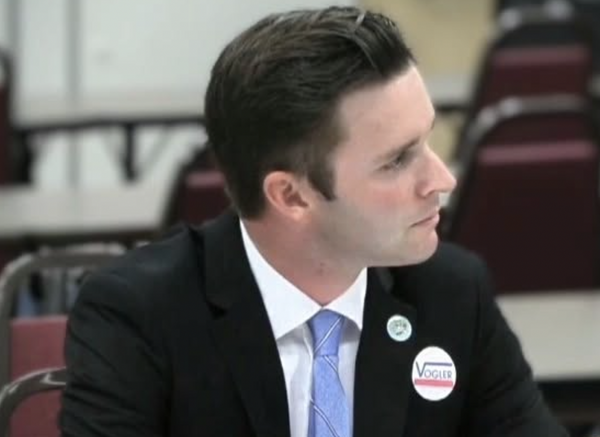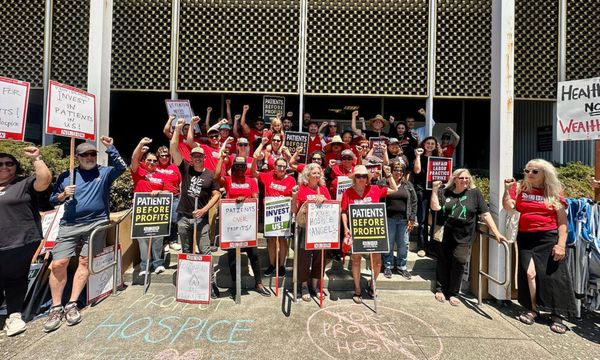
If nothing else, the jobs summit will at least begin well today, with an excellent speech from Danielle Wood from the Grattan Institute, one that should be required reading not merely for summit attendees but every economist, commentator, journalist and politician opining on the summit.
From addressing education to expanding childcare to curbing industry access to and influence over politicians, Wood lays out a coherent set of challenges to lift productivity.
One thing notable by omission from Wood’s speech is any extensive discussion of migration — beyond urging us to do skilled migration smarter. That may sit rather oddly with what is purportedly one of the biggest issues at the summit for the media and business — increasing migration to 200,000 people a year.
The relative lack of discussion of migration in Wood’s speech is understandable given that the mooted increase will do little to address skill shortages and in fact will be likely to add to overall demand for labour as much as, or more than, it adds to supply.
For that observation we can also thank the Grattan Institute: last week Brendan Coates and Tyler Reysenbach published a paper explaining in detail why even substantially lifting skilled permanent migration wouldn’t help much.
What a 25% increase in migration would do — especially if coupled with a full-scale return of foreign students to higher education — is push house prices and rents up. Coates and Reysenbach estimated a 40,000 increase would lift rents by 5%.
In the hysterical campaign against Labor’s now-abandoned negative gearing changes in 2019, the Coalition, the property industry and most of the media uncritically ran “modelling” purporting to show rents would rise by 7-12% as a result.
So a 7% rise in rents justified a wild propaganda campaign against a crucial reform to end the bias of the tax system against first-home buyers, but a 5% rise in rents — based on far better independent research — is widely ignored in the clamour for more workers.
That’s how public debate works in Australia.
Labor’s tax changes would have increased housing affordability by ending the taxpayer subsidy for investors to purchase existing housing stock in competition with low-income earners and first home buyers. But more migration will also add to upward pressure on house prices.
And that’s why no one’s running any wild campaigns about the impact of migration. Renters are to be invoked only if it’s in the interests of property owners to do so.
Instead we’ll hear pronouncements about how it’s important that state governments make sure that housing supply increases to match the requirements of a return to high immigration. If anyone knows a state government that managed to do this, please let us know. Land supply, zoning and planning is everywhere caught up in Game Of Mates webs of influence and power aimed at maximising returns for developers.
That’s why the only certain winners from an increase in migration will be property developers and older Australians who already own property — or multiple properties — and will see demand for their assets surge further. Low-income earners and first-home buyers, as usual, will be left a distant second.
State governments will also enjoy more revenue from stamp duty, but it’s property owners who get the best deal.
One of the best aspects of Wood’s speech is that it meshes a set of issues that need to be dealt with as a whole, rather than piecemeal. For example, tapping into the productivity and growth gains to be had from greater female workforce participation requires more childcare and parental leave, which requires a greater, more skilled childcare workforce, which requires higher pay, which requires addressing entrenched gender biases toward caring professions. It’s complex, long-term stuff, but surely not beyond the capacity of intelligent policymakers.
But the reflexive increase in migration is a classic case of piecemeal thinking — of a kind that happens to benefit influential interest groups and powerful industries.







